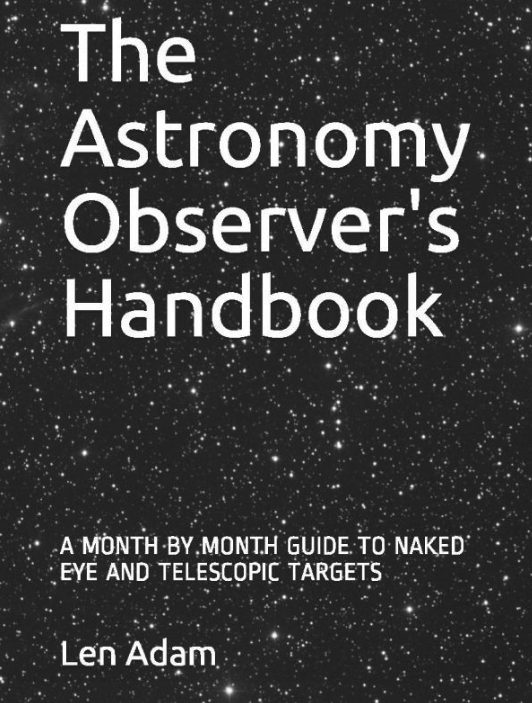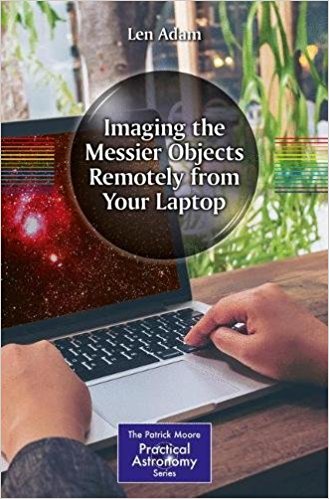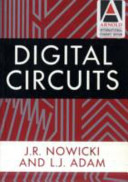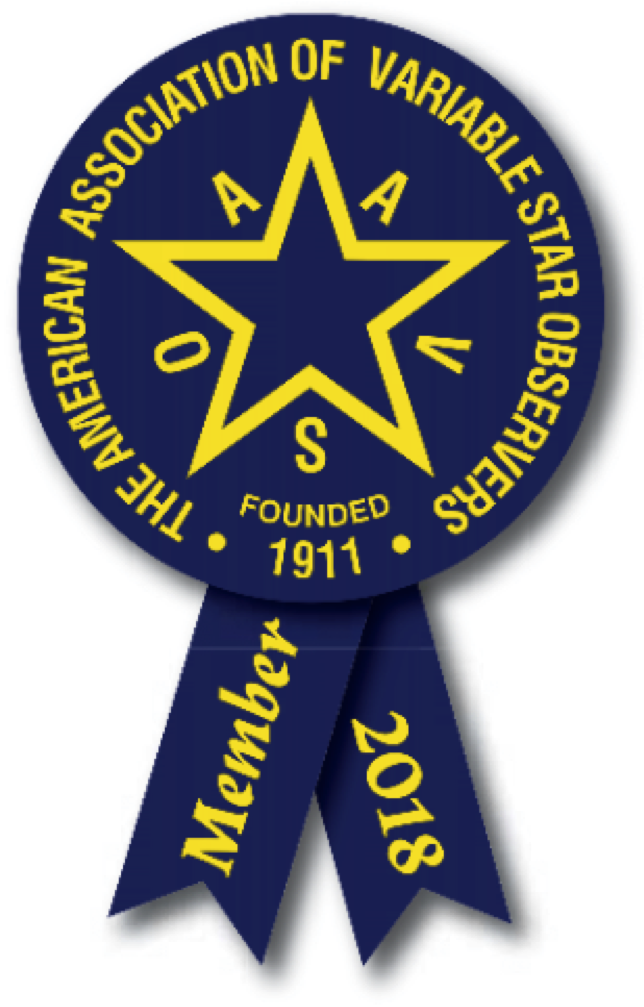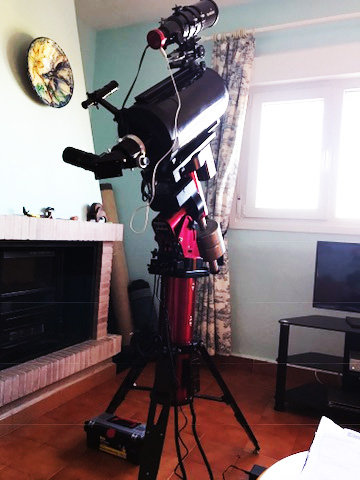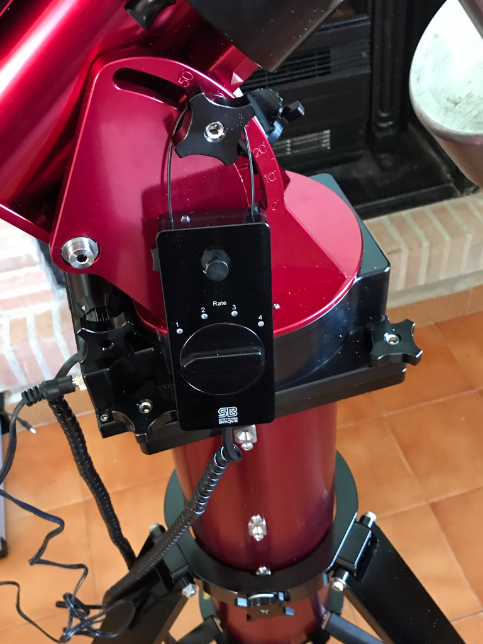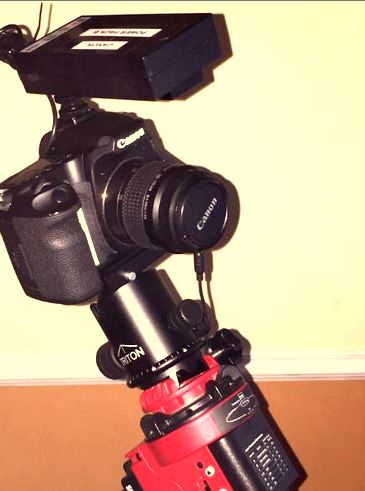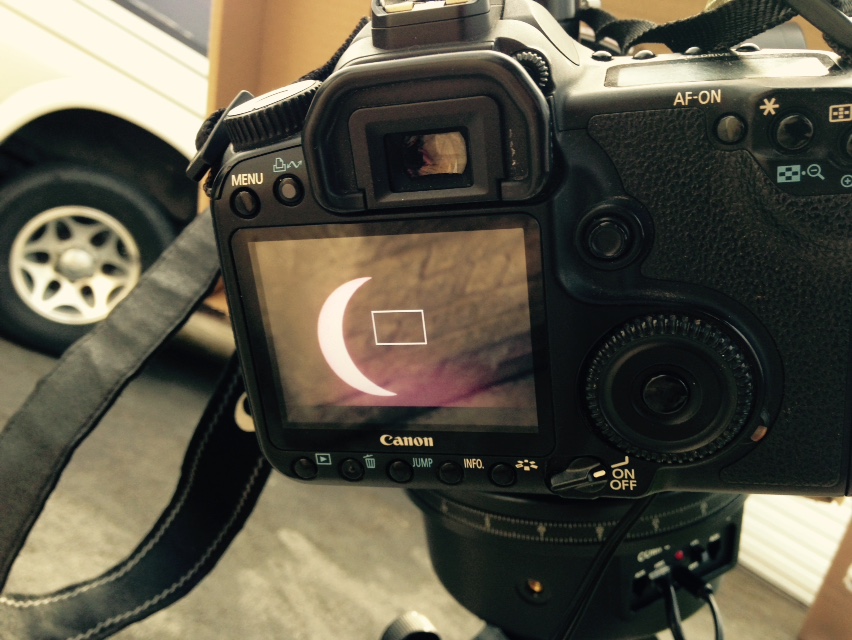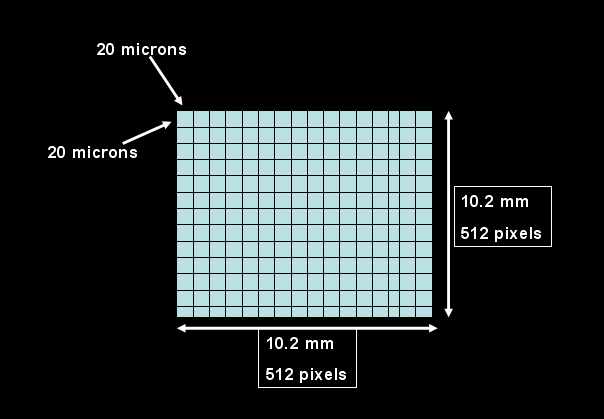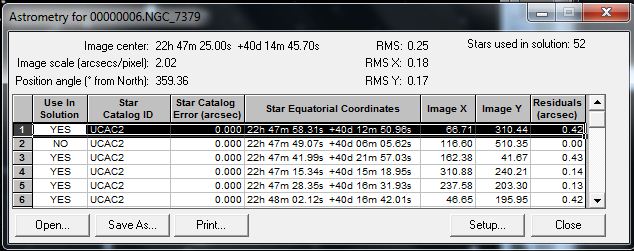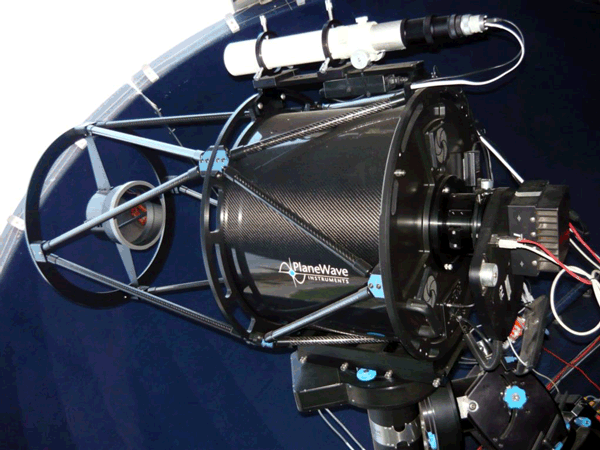Day 32 Clear night - Trial of 4" Refractor and SBIG ST9XE Combination
 Saturday, March 15, 2014 at 1:52PM
Saturday, March 15, 2014 at 1:52PM A clear night with a 99% phase Moon! I removed the focal reducer from my 4" refractor setup and took a number of images. The go to was very accurate once I went throught the normal setup on the CGEM. Most gotos were dead centre. I targeted a number of open clusters. All my images were 30 seconds. First of all M35 taken with a V filter.
I carried out a plate solution in SkyX to determine the field of view and plate scale.
So the field of view of the SBIG camera +4" refractor without the focal reducer is 38' 37" X 38' 37" and the plate scale is 4.53 arcseconds per pixel. The camera is 83 degrees off north - I could rotate the camera to make north at the top to make life simpler. So the gotos were accurate to within that 38 minute field of view.
Then M35 again with a B Filter this time for the same exposure. The star brightnesses change depending upon their colour.
I will load both of these into VPhot at the AAVSO and determine V and B magnitudes for as many of the cluster stars as possible.
Then on to M36 with a V Filter
M37 with a V Filter
and M38 with a V Filter
OK not very exciting images but jam packed with data about the clusters. It just needs a bit of work to extract it!
I can make it more exciting in Photoshop! - Same image as above
Of course all of the data has now gone!!
I took a 30 second image of M81
and checked on the state of the supernova in M82
This was the image taken a few days back with my90 mm ETX and Canon 40D
A 30s image of globular cluster M3
and open cluster M44
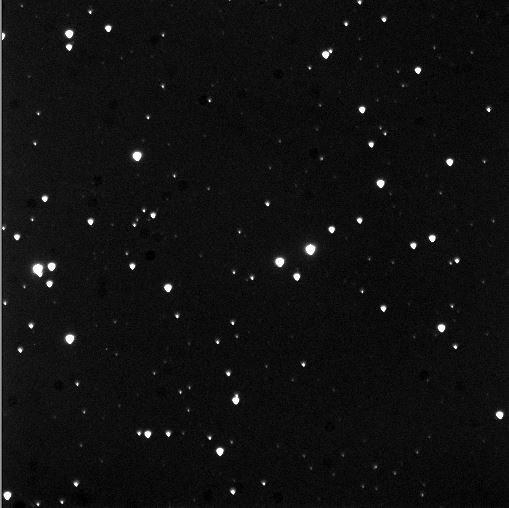
then galaxy M64
and finally open star cluster M67 (Unfiltered)
 [Your Name Here] | Comments Off |
[Your Name Here] | Comments Off | 
